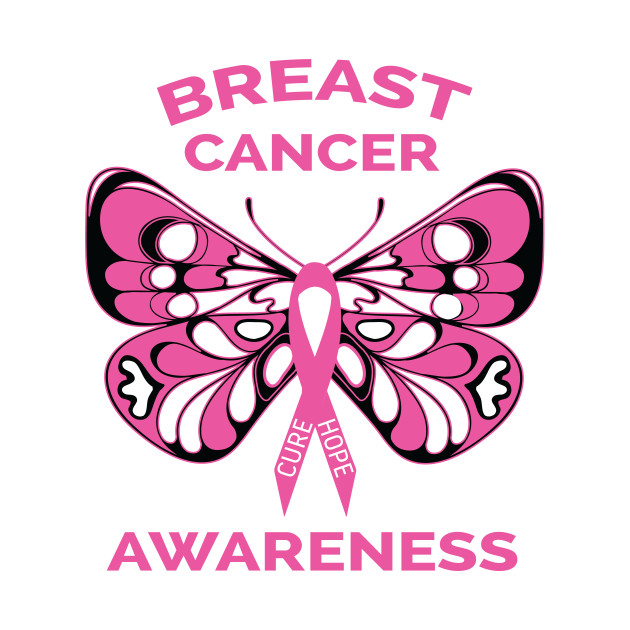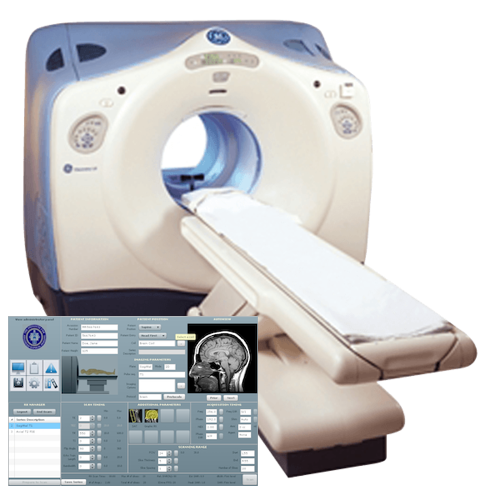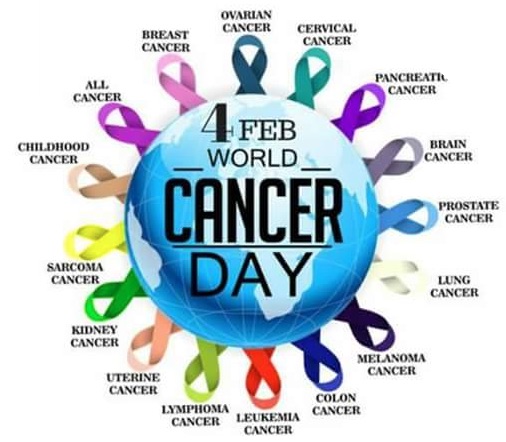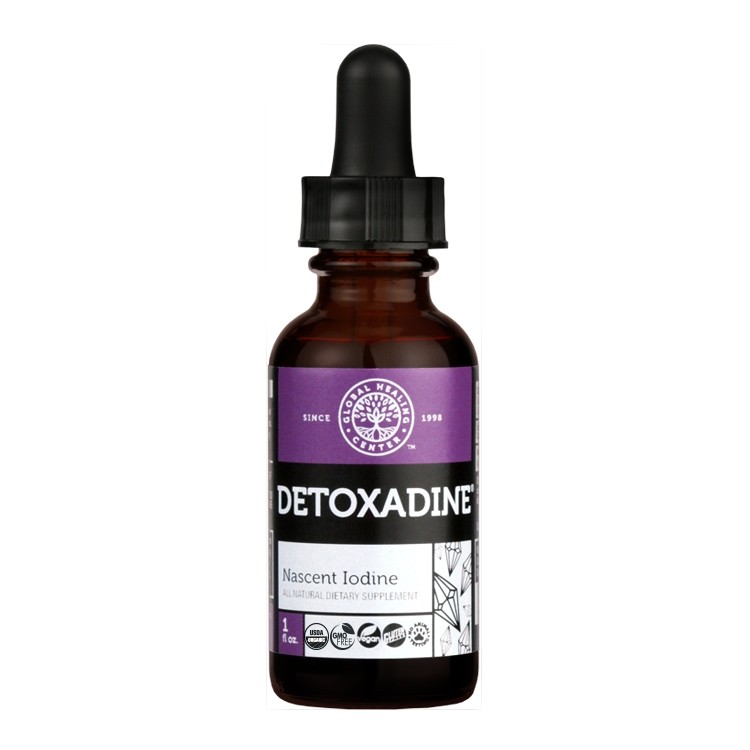|
Iodine is a trace mineral that is vital to the function of the thyroid gland. The human body does not make iodine, so all iodine intake must come from either our diet or from supplements.
|
|
Treatment of Breast Cancer by StageThis information is based on AJCC Staging systems prior to 2018 which were primarily based on tumor size and lymph node status. Since the updated staging system for breast cancer now also includes the ER, PR and HER2 status, the stages may be higher or lower than previous staging systems. Whether or not treatment strategies will change with this new staging system are yet to be determined. You should discuss your stage and treatment options with your physician. The stage (extent) of your breast cancer is an important factor in making decisions about your treatment options. In general, the more the breast cancer has spread, the more treatment you will likely need. But other factors can also be important, such as:
Talk with your doctor about how these factors can affect your treatment options. Stage 0Stage 0 cancer means that the cancer is limited to the inside of the milk duct and is a non-invasive cancer. The treatment approaches for these non-invasive breast tumors are often different from the treatment of invasive breast cancer. Stage 0 breast tumors include ductal carcinoma in situ (DCIS)
Lobular carcinoma in situ (LCIS) used to be categorized as Stage 0 but this has been changed, because it is not cancer, but does indicate a higher risk of breast cancer. Look for more information about LCIS in Non-cancerous Breast Conditions. Stages I to IIITreatment for stages I to III breast cancer usually includes surgery and radiation therapy, often along with chemo or other drug therapies either before or after surgery.
Stage IV (metastatic breast cancer)Stage IV cancers have spread beyond the breast and nearby lymph nodes to other parts of the body. Treatment for stage IV breast cancer is usually a systemic (drug) therapy. Inflammatory breast cancerInflammatory breast cancer (IBC) can be either stage III or stage IV, depending on whether it has spread to other parts of the body. Treatment for IBC can include chemo or other systemic therapies, local therapies such as radiation, and surgery. Recurrent breast cancerCancer is called recurrent when it comes back after treatment. Recurrence can be local (in the same breast or in the surgery scar), regional (in nearby lymph nodes), or in a distant area. Treatment for recurrent breast cancer depends on where the cancer recurs and what treatments you’ve had before. Triple-negative breast cancerTriple-negative breast cancer cells don’t have estrogen or progesterone receptors and also don’t have too much of the protein called HER2. Triple-negative breast cancers grow and spread faster than most other types of breast cancer. Because the cancer cells don’t have hormone receptors, hormone therapy is not helpful in treating these cancers. And because they don’t have much HER2, drugs that target HER2 aren’t helpful, either. Chemotherapy is usually the standard treatment. An immunotherapy drug, atezolizumab (Tecentriq), has been approved for use along with the chemotherapy drug, albumin-bound paclitaxel (Abraxane), for people with advanced triple negative breast cancer whose tumor makes the PD-L1 protein. Because there are not many current treatments for this type of breast cancer, if you are in otherwise good health, you might want to think about taking part in a clinical trial testing a newer treatment. |
|
|

OPEN 24 HOURS: ACCIDENT EMERGENCY, LAB SERVICES, IMAGING SERVICES & PHARMACY










